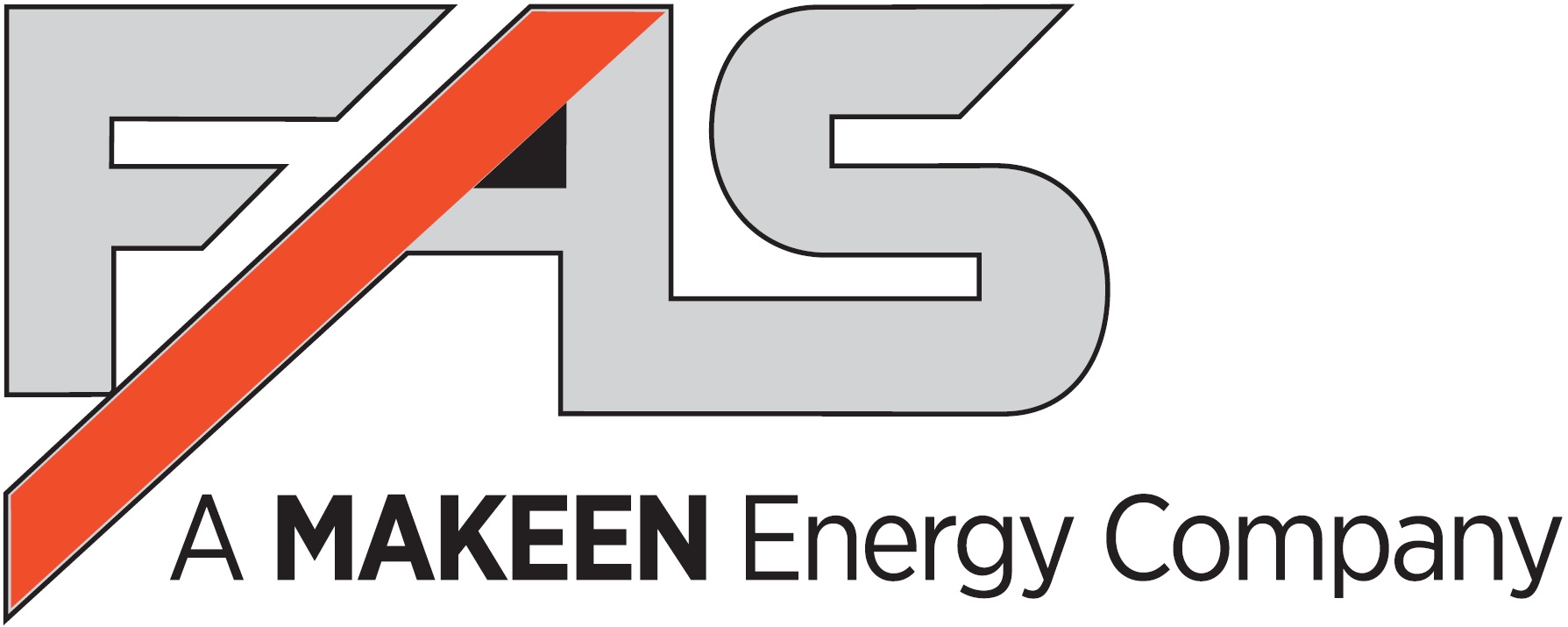TURBINE PUMPS

The operating principle of a regenerative turbine pump is compared to other pumps more subtle. From a mechanical perspective is the regenerative turbine pump a centrifugal pump – the perfomance characteristics of a regenerative pump comply with however a displacement pump. A regenerative turbine pump puts the liquid equally under pressure such as a centrifugal pump. It accelerates the liquid to convert kinetic energy into potential energy. The regenerative turbine pump differs from the centrifugal pump by fact that it divides the acceleration-/ pressurisation process into dozenz of separates steps. The liquid is speeded up slightly on each step and will be pressured slightly.
If liquid occurs into the pump, it will be picked up by the impeller and begins to move spirally round the perimeter on each side. Each spiral stands for an acceleration-/ pressurisation cycle. The impeller has on both sides of its edges a toothing. The impeller rotates at a high speed in a very thight attached housing.
Since the liquid at sucking the pump only accelerates maginal above the speed, is the pressure drop and the formation of steam low. The close tolerances between impeller and housing are so thight, so that a limited slip on the cog can take place.
The mechanical construction of the regenerative pump strongly resembles the typical centrifugal pump. The light impeller enables the use of an overhanging impeller design. This construction requires only one mechanical seal to seal the pump chamber. The impeller swims on the shaft, so that the hydraulic forces in the pump can perfectly centre the impeller to prevent from metal-metal-contat between impeller und housing. A free-floating impeller is far simpler to install than a centrifugal pump impeller.
- CORKEN turbine pumps for liquid gas- and ammonia applications
- CORKEN turbine pumps for industrial applications.
